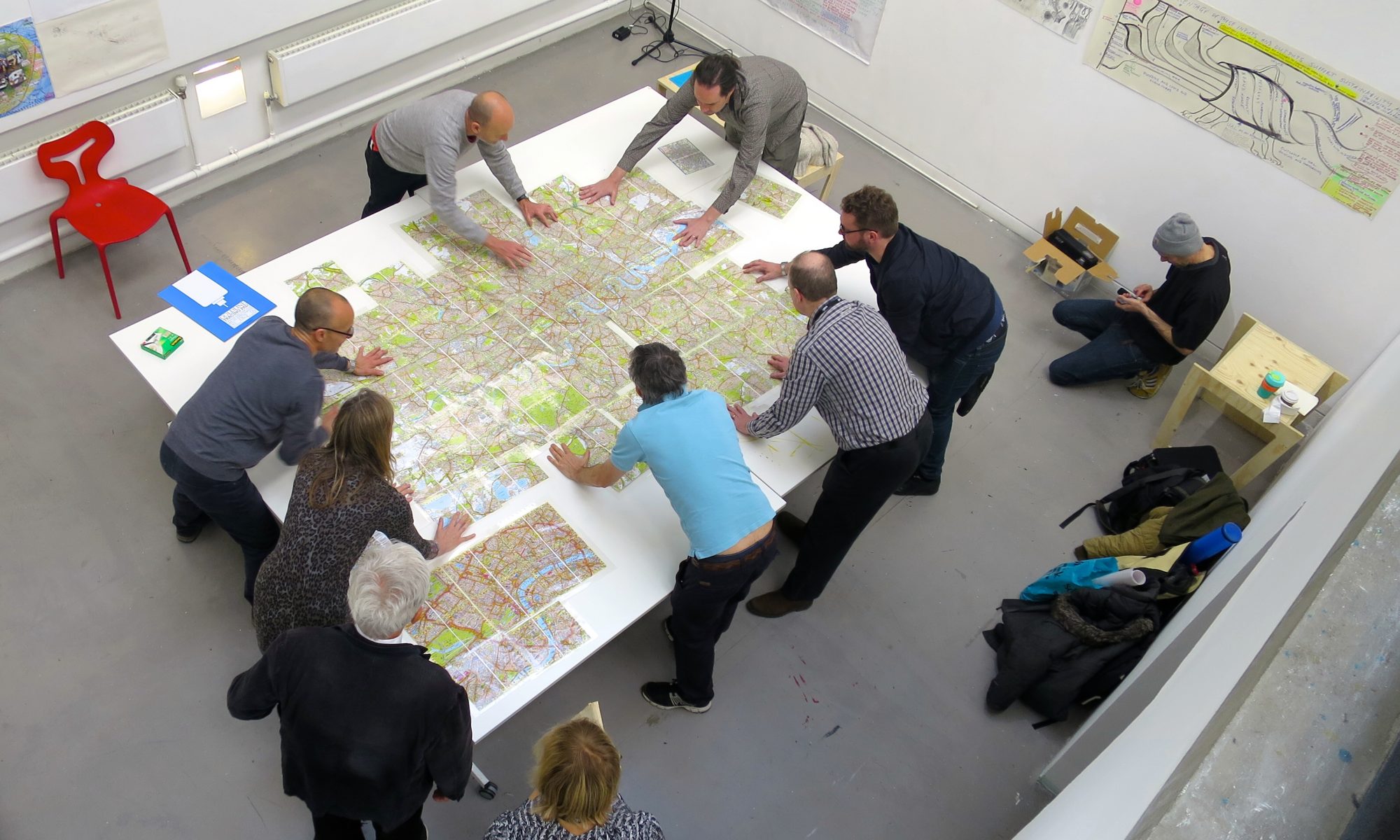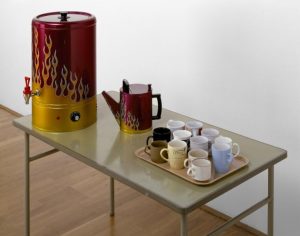

An exhibition and public events programme co-curated by Marsha Bradfield (Artfield Projects) and Shibboleth Shechter (Chelsea College of Arts, UAL) exploring the lived experience of the Millbank area in London.
Millbank Atlas | Cookhouse Gallery, Chelsea College of Arts | 20 – 28 January 2017
The Millbank Atlas is a collaborative project that brings together researchers, students and local residents to trace the neighbourhood surrounding Chelsea College of Arts. It convenes staff and student researchers based at CCA with local residents and others. Core to the curriculum of Chelsea Local (one of seven studios) on BA Interior and Spatial Design, the Atlas has unfolded as a collection of maps that trace and retrace the surrounding neighbourhoods of the College through diverse 2D and 3D cartographic experiments. Chelsea Local specialises in design for community engagement through participatory practice-based research, exploring social and other forms of resilience for tackling natural and man-made upheavals. The studio considers robust communities to be an essential building block of a resilient society. Chelsea Local holds that Art and Design can and should play a role in shaping these communities, addressing and solving global problems as they are manifested locally.
For this project, students on the BA Interior and Spatial Design used practice-based research to create maps and other cartographic experiments to identify distinguishing characteristics of this part of London. At stake here is a better understanding of Millbank as comprised of reciprocal relations between the College and surrounding businesses, residential blocks, civil society groups, transportation links and other amenities, infrastructure and further aspects of this built and natural environment.
With support from Camberwell, Chelsea, Wimbledon Graduate School

